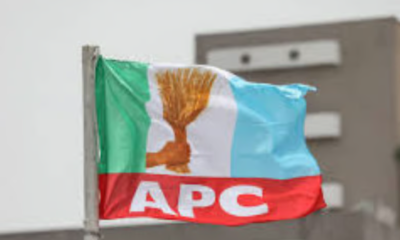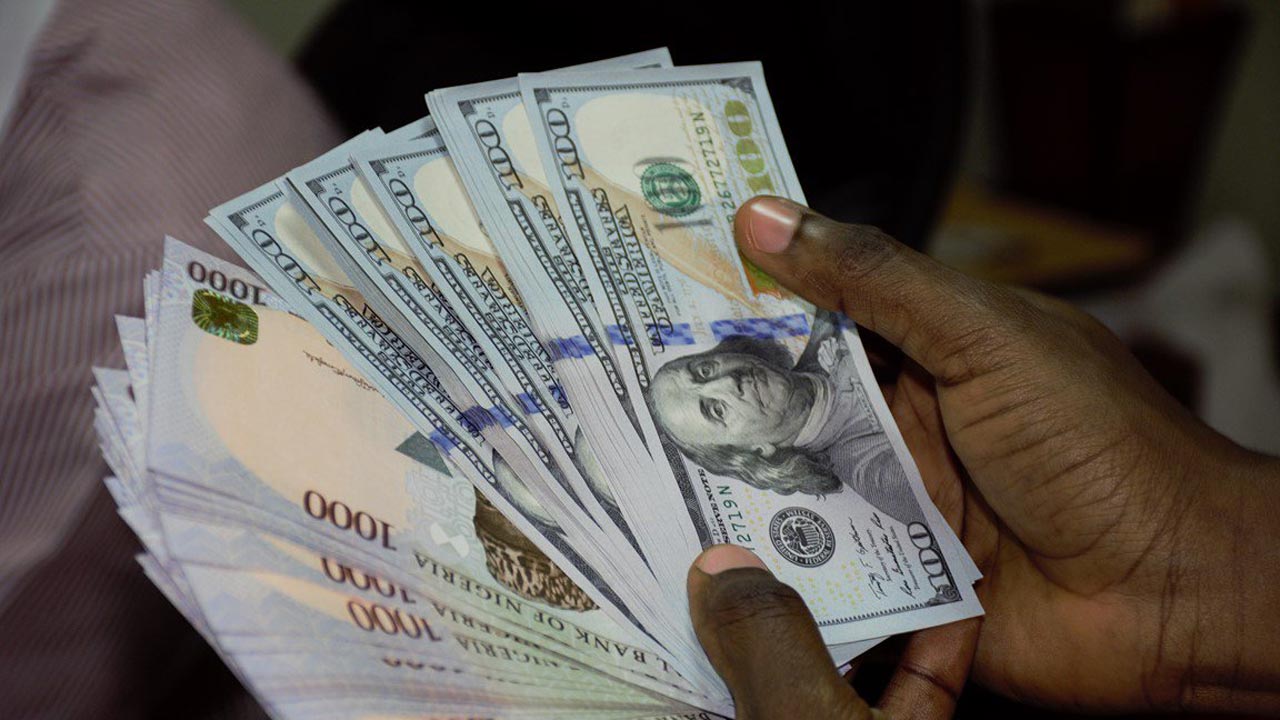The exchange rate between the Naira and the Dollar remained stable to close at N394.67/$1 at the NAFEX (I&E Window) where forex is traded officially. Also, the exchange rate at the black market where forex traded unofficially maintained stability at N475/$1.
This is as Nigeria’s external reserve continues to experience a steady rise.
The exchange rate disparity between the parallel market and the official market is about N80.33, representing a 16.9 per cent devaluation differential.
The Naira remained stable against the dollar at the Investors and Exporters (I&E) window, closing at N394.67/$1, the same rate that it closed on the previous trading day.
The N414.76 to a dollar was the highest rate during intra-day trading before it closed at N394.67 to a dollar. It also sold for as low as N389/$1 during intra-day trading.
Forex turnover at the Investor and Exporters (I&E) window declined by 81.3% on Friday, last week, 2021.
According to the data tracked from FMDQ, forex turnover dropped from $215.63 million on Thursday, January 14, 2021, to $40.31 million on Friday, January 15, 2021.
The average daily forex sale for last week was about $169.93 million, which represents a huge increase from the $34.5 million that was recorded the previous week.
The exchange rate is still being affected by low oil prices, dollar scarcity, a backlog of forex demand and a shaky economy that has been hit by the coronavirus pandemic.
Brent crude oil price is currently at $54.88 per barrel on Monday, as it moves towards the $60 mark, a strong sign that global demand could sustain price increases in 2021.
Nigeria’s crude oil price benchmark for 2020 was $40 while it projected an oil production output of 1.8 million barrels per day.
Nigeria has a production capacity of 2.5 million barrels per day but is subject to OPEC’s crude oil production cuts, which are expected to help sustain higher oil prices.
The higher oil prices and steady production output have positively impacted Nigeria’s external reserves, rising sharply to $36.304 million according to central bank data dated January 14, 2020.
This is the highest level since July 2020 and a sign that higher oil prices and steady output levels may be contributing significantly to Nigeria’s foreign exchange position.
Nigeria needs the external reserves to hit $40 billion if it is to adequately meet some of the pent up demand that has piled up since 2020 when oil prices crashed and the pandemic caused major economic lockdowns.
The rise may be attributed to the recent increase in prices of crude oil in the international market, which traded at $55 a barrel last week.
According to the latest data, the rise shows a gain of $930 million in 10 days.

 Health & Fitness3 days ago
Health & Fitness3 days ago
 Featured7 days ago
Featured7 days ago
 Education1 week ago
Education1 week ago
 Business1 week ago
Business1 week ago
 Aviation5 days ago
Aviation5 days ago
 Business7 days ago
Business7 days ago
 Crime1 week ago
Crime1 week ago
 News6 days ago
News6 days ago

